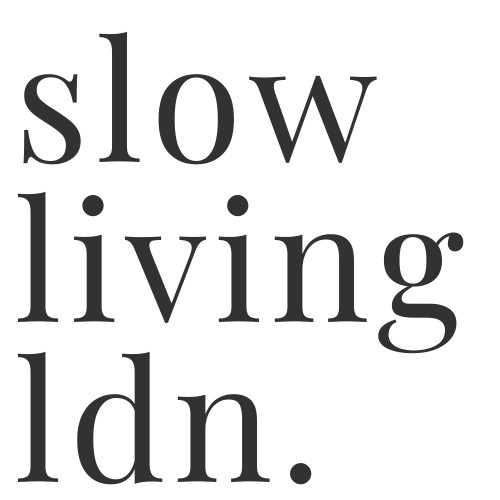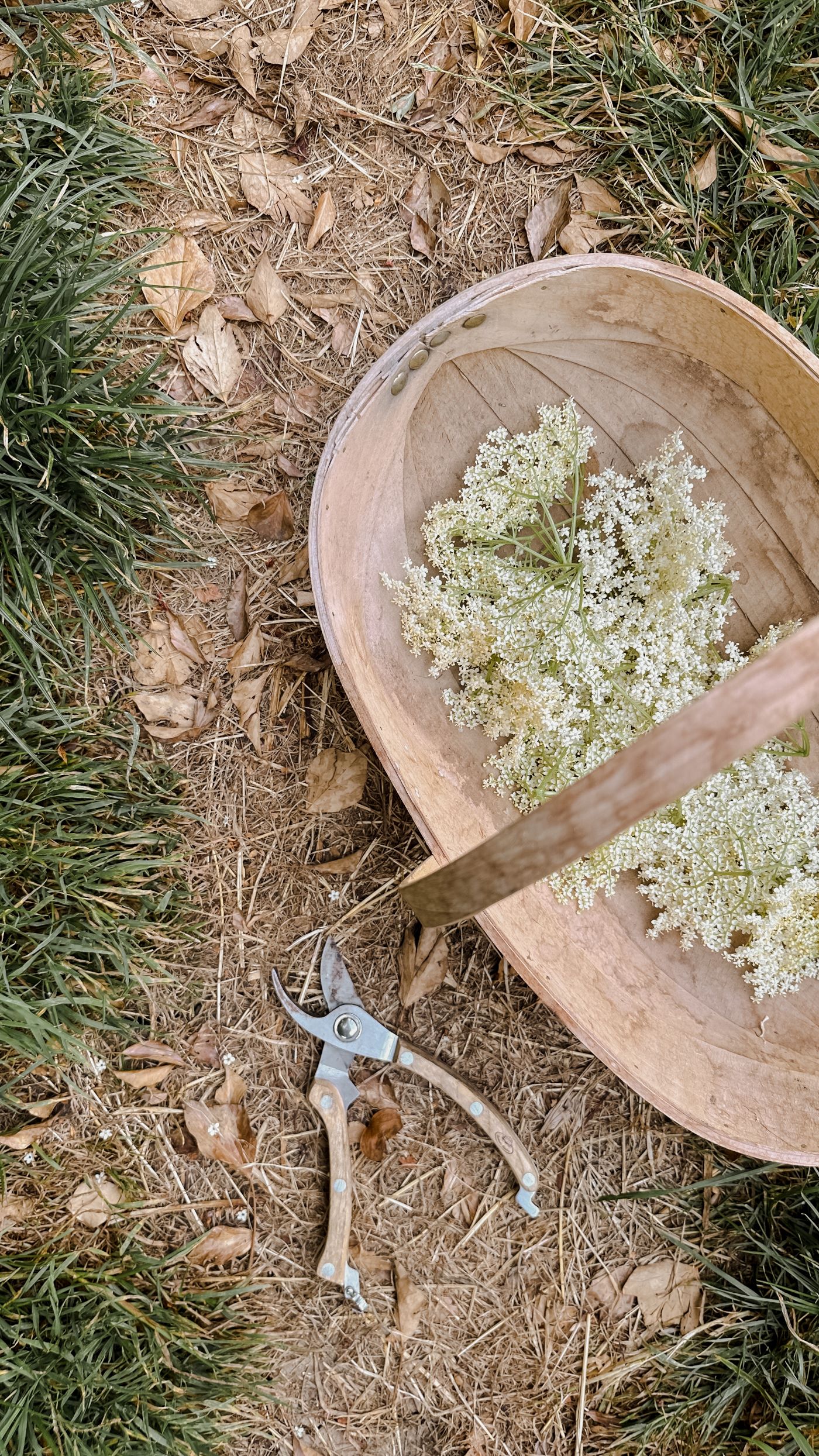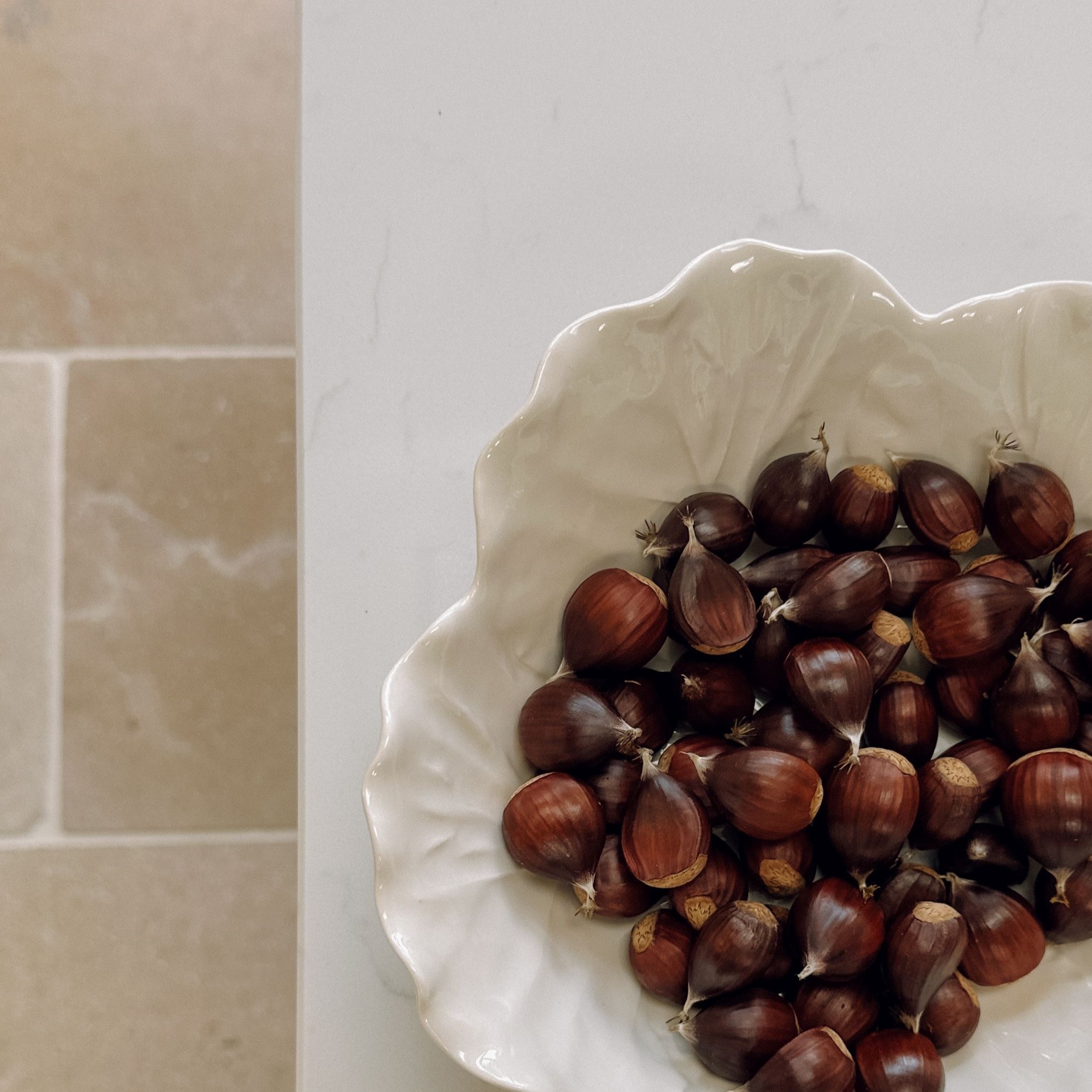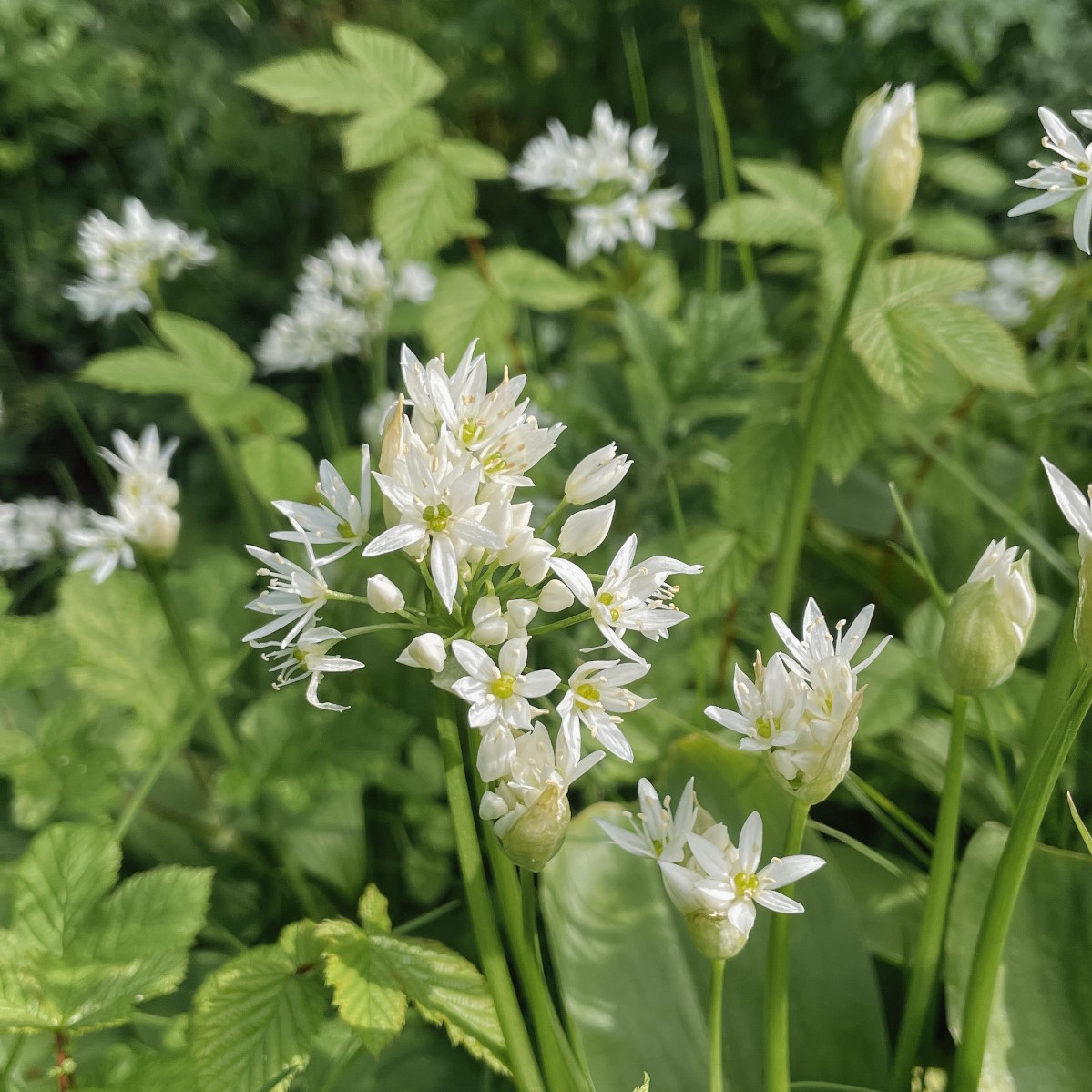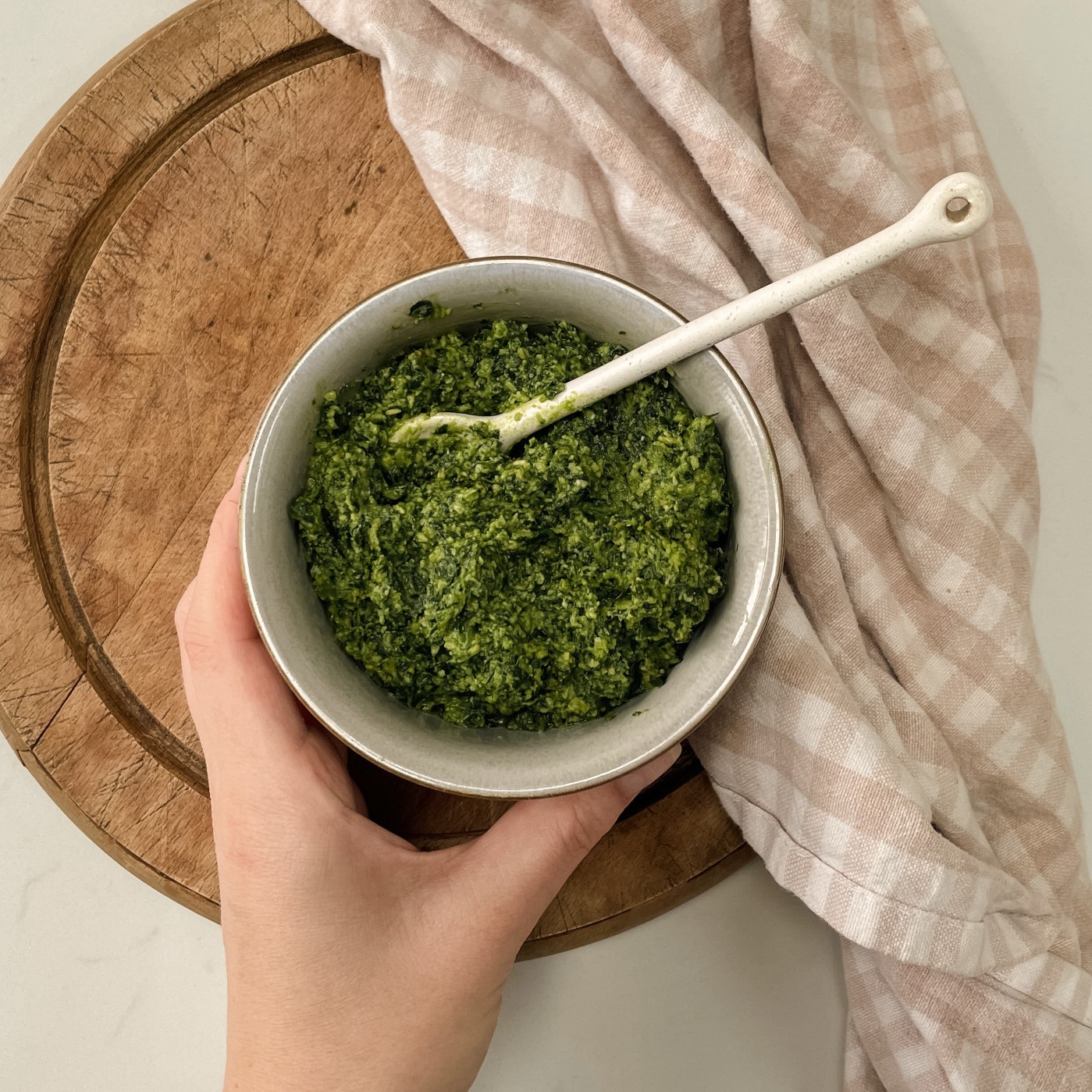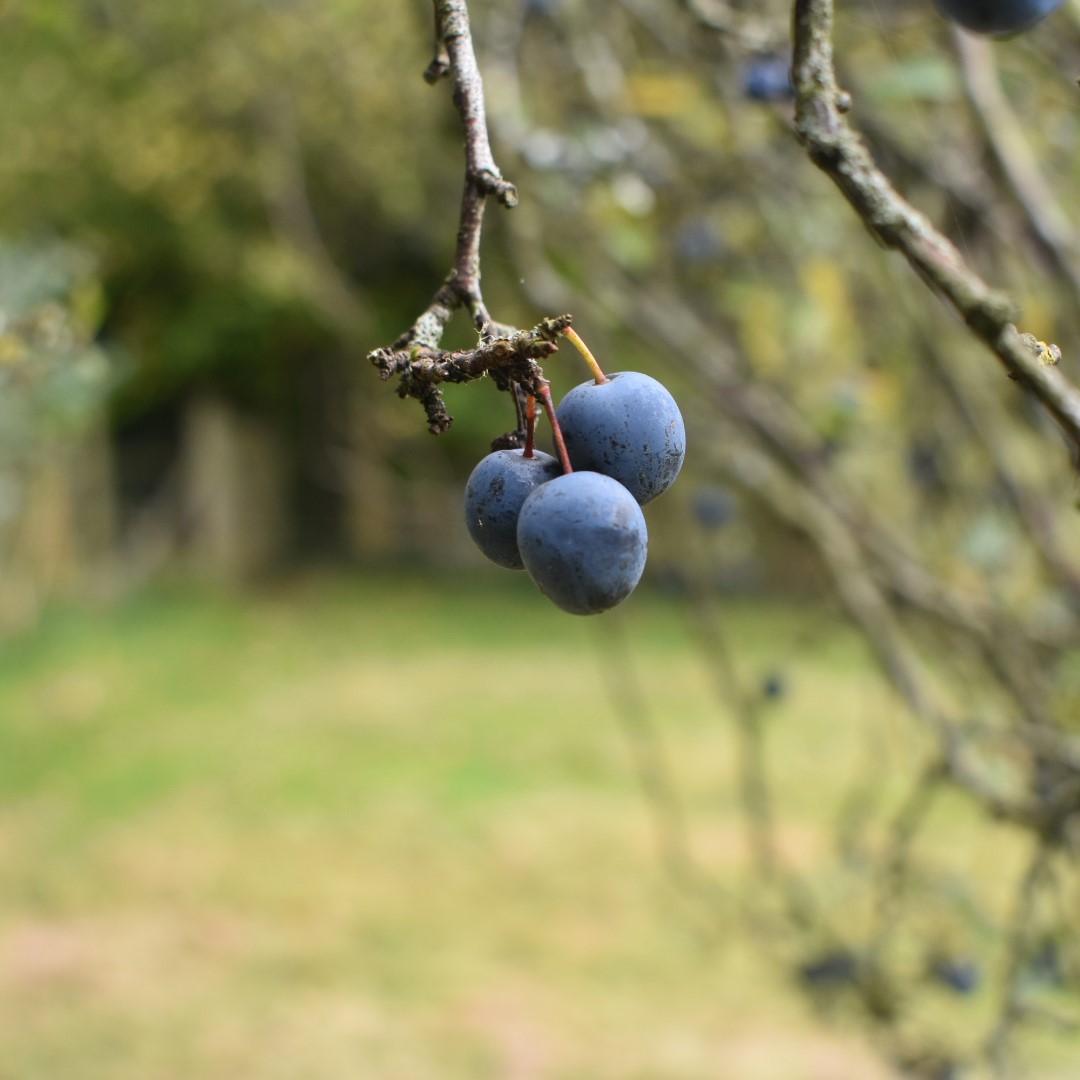You have no items in your cart. Want to get some nice things?
Go shopping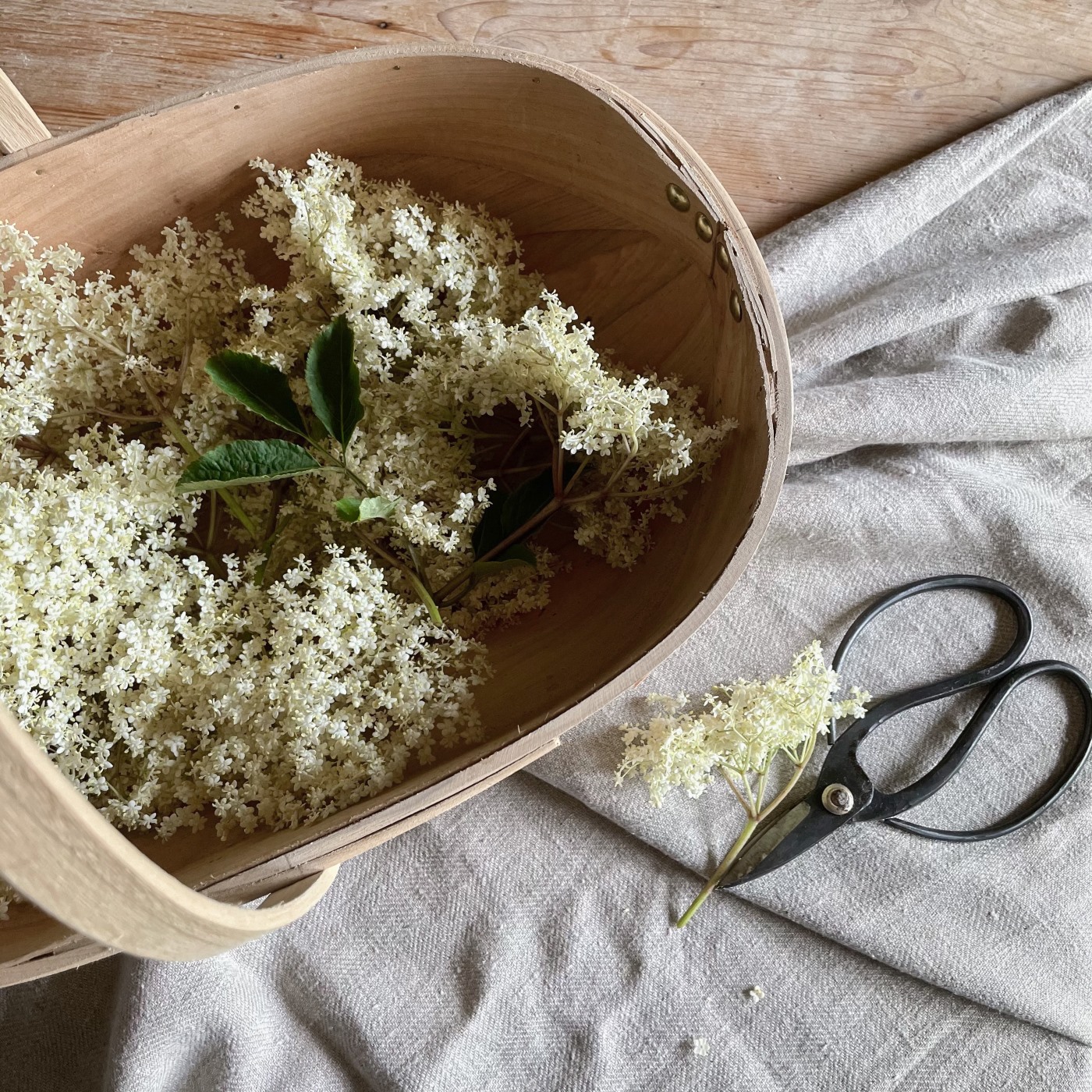
Foraging is a great way to appreciate the pace and pattern of the seasons and reconnect with the natural world. From our shorelines to our woodlands, the UK is abundant with different wild foods throughout the year. Gathering food from the great outdoors is a mindful and rewarding experience.
We spoke to Chris, owner of Somerset-based Heavenly Hedgerows, who generously shared her tips for those seeking to start foraging. Inspired by a love for the outdoors and savouring the bountiful wild food of the West Country, New Zealand-born Chris produces delicious jellies, jams and preserves with foraged local plants and berries. She also has a range of ‘not foraged – still fabulous’ preserves including marmalade which can be found online and on the menu at one of our favourite seasonal restaurants – The Pig near Bath.
Where to start with foraging
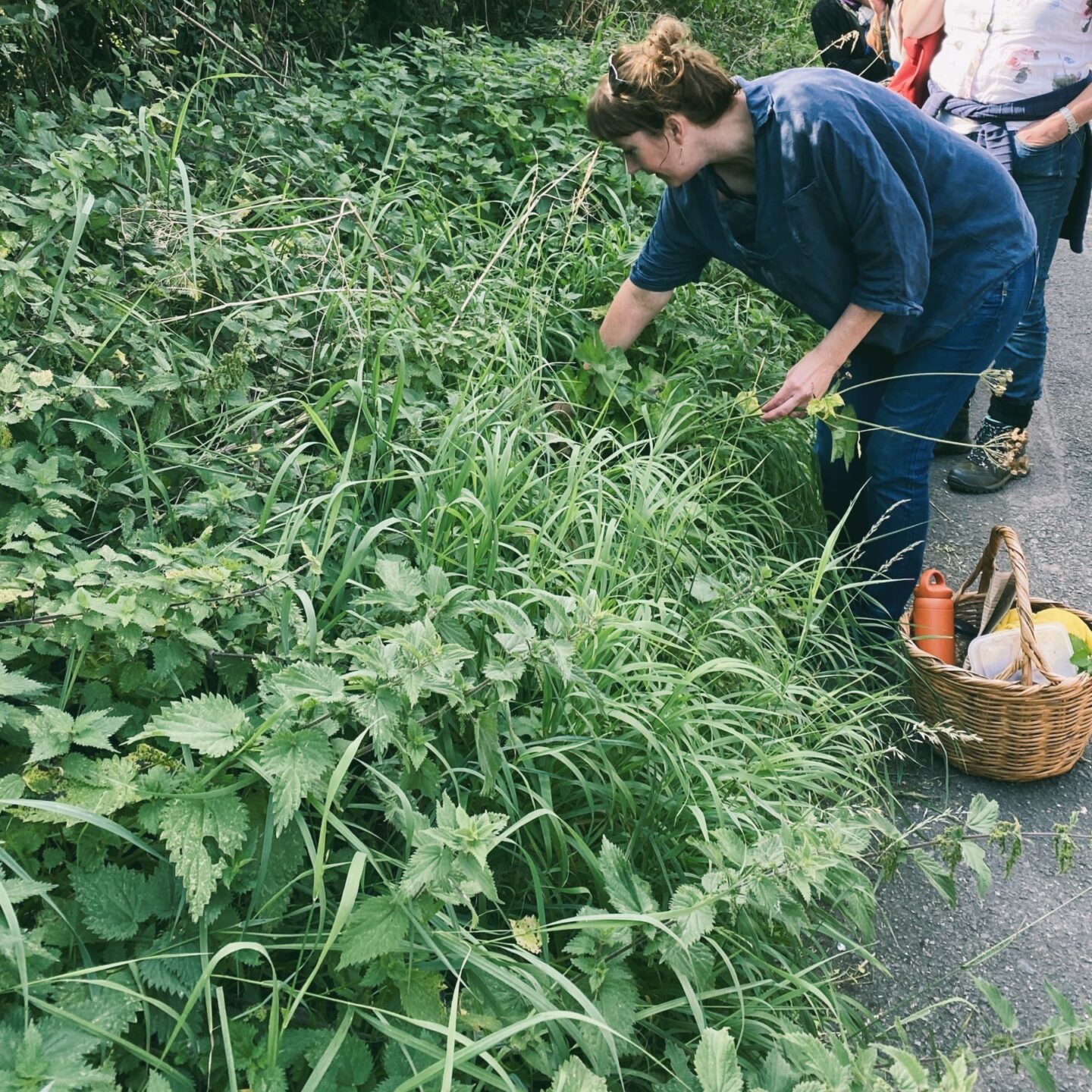
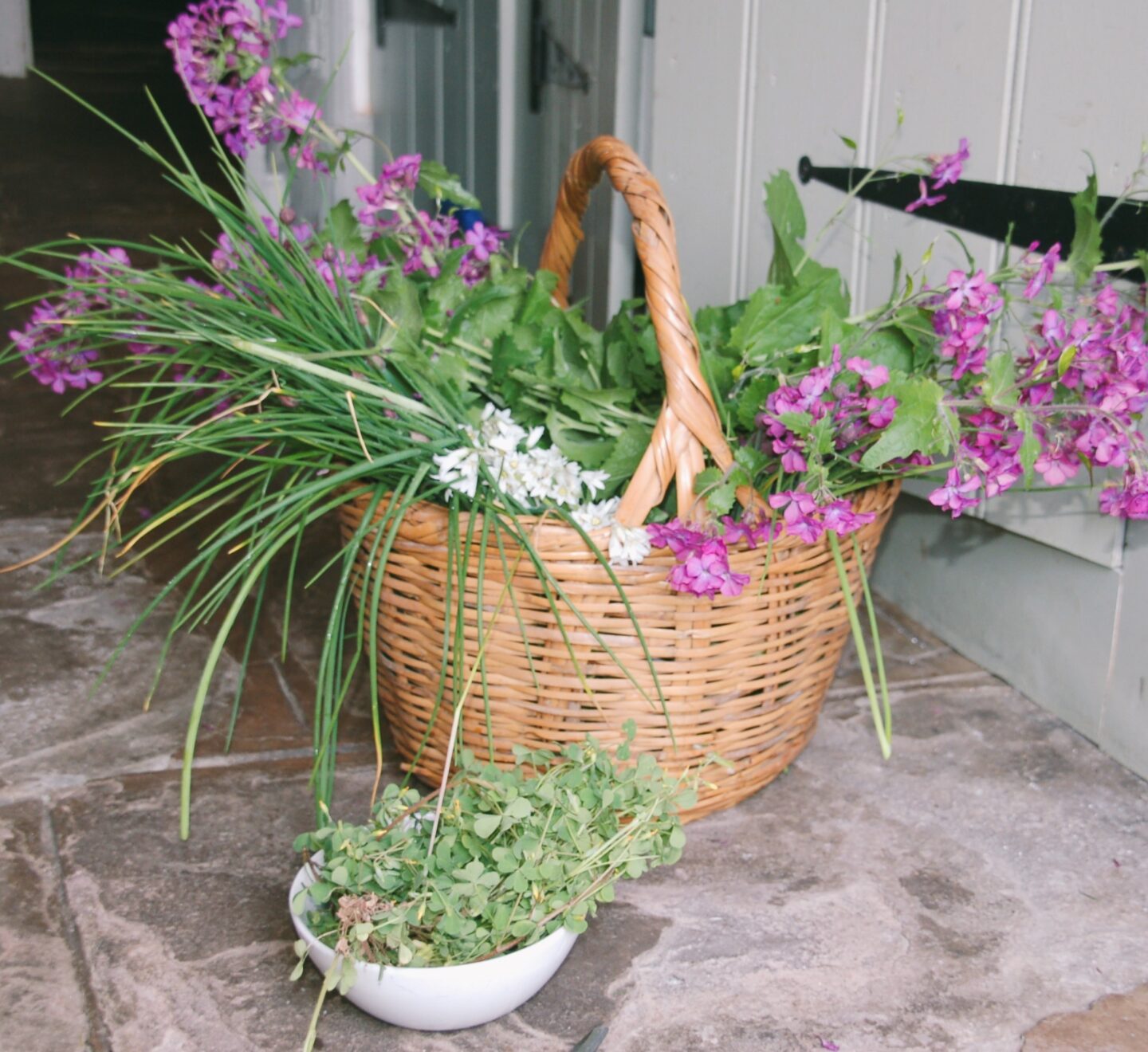
Chris says, “The best place to start is super easy to identify plants like dandelions, nettles and wild garlic.” One of the most important rules when foraging is to only consume what you are certain you can identify. Taking a detailed guide book with you is always a good idea. Joining an expert forager for a practical workshop can also be a great place to start.
In terms of books, The Forager’s Calendar by John Wright is a popular choice. Like Chris, John has many years of foraging experience under his belt, including at River Cottage.
Easy to identify foraged foods
- Nettles: early Spring
- Wild garlic: from late March – June
- Elderflower: late May – early June
- Blackberries: from late August – September
- Sweet chestnuts: from late October
- Sloes: from the first frost
The best time of year for foraging
There’s plenty to forage throughout the year, but Chris favours springtime. She says, “Spring is wonderful for foraging and is my favourite time to teach people how to forage. The greens available to eat are super tasty and in their best in the Spring.” Chris acknowledges that our palate has changed due to the high quantities of sugar in the foods we buy, and Spring greens may seem a bit bitter for us. Her advice? Think of the “greens as ingredients rather than a meal in itself”.
“Spring is wonderful for foraging and is my favourite time to teach people how to forage.”
Chris, Heavenly Hedgerows
How to forage sustainably, safely and within the law
- Make sure you have permission from the landowner and check any signage.
- Only forage when flowers, leaves, fruits and seeds are in abundance and leave plenty behind for wildlife. When Chris teaches sustainable foraging, she also ensures students know to leave plenty behind for re-seeding too.
- Take care not to damage plants and their roots.
- All wild plants are protected under the Wildlife and Countryside Act (1981) which means it’s illegal to dig up or remove a plant without gaining permission from the landowner or occupier. Some rare species are also protected, which means you cannot pick them. A list of these species can be found within the Wildlife and Countryside Act (1981).
- Ensure you are 100% confident you have identified the wild food you’re picking correctly. If in doubt, do not eat it.
For further reading, The Woodland Trust has excellent guidelines for sustainable foraging.
The benefits of foraging
“Foraging itself is really good for your mind too as it helps relieve the stresses of day to to day life by just being outdoors.”
Chris, Heavenly Hedgerows
There’s a diverse range of benefits of foraging for food. Chris shares that foraged foods “have so many nutrients and no food miles.” She adds, “As well as being super good for you, they are also free!” Before she continues to touch on the mindfulness and wellness benefits of foraging. Chris explains, “Foraging itself is really good for your mind too as it helps relieve the stresses of day to to day life by just being outdoors.” In this sense, foraging is a true seasonal, slow living activity that helps you reconnect with nature and where our food comes from, while disconnecting from our fast-paced world for a while.
You can explore Chris’ jams and more at Heavenly Hedgerows.
Feeling inspired about slow food and foraging? Read more:
